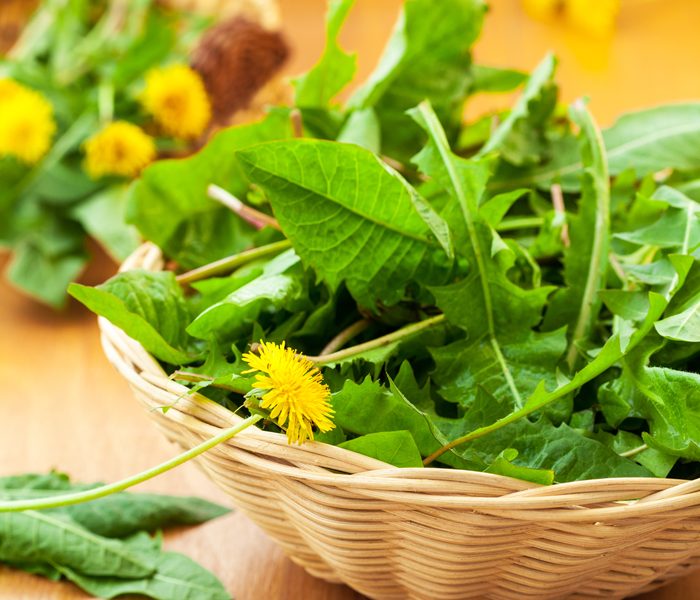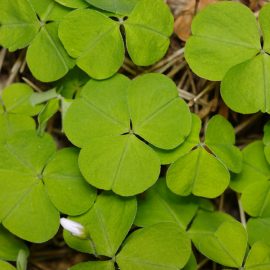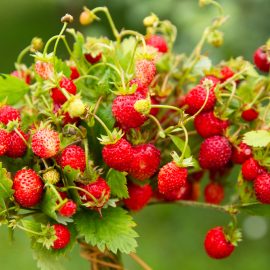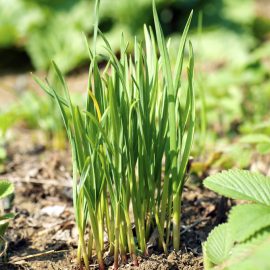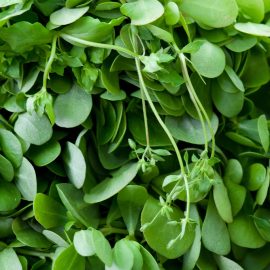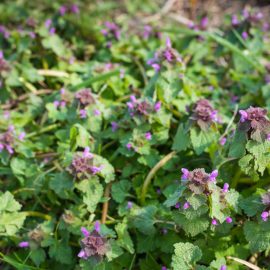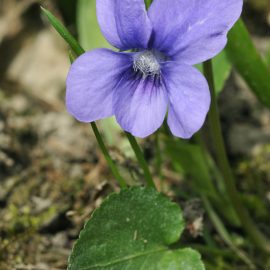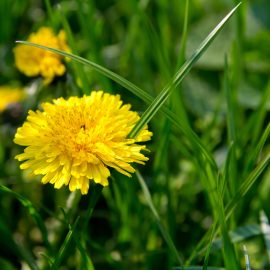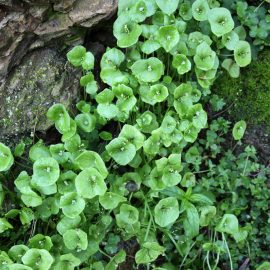Home & Living
Home: Trowel Talk
For truly natural salad makings, try foraging for the edibles underfoot in your own backyard.
If you’ve ever wondered while weeding your garden if there might be the makings of a good salad there, but you can’t tell a periwinkle from a purslane, the answer is yes.
And you’ve still got plenty of time to sample the natural vittles before the onset of Maryland’s famously mild winter.
While the raccoons and weevils are busy chewing through your “official” vegetable garden, consider this list of uninvited but edible, nutrient-rich plants that show up every year in our gardens and yards.
For starters, in botanical terms, there’s really no such thing as a weed: Everything we see out there is a wildflower and those you think of as weeds have merely escaped cultivation, often adapting to sprout everywhere, from roadside cracks to gutters and roof shingles.
Among the edible ones are dog violets, which are common in gardens where the soil is organic-rich and acidic. In undisturbed settings, you may end up with hundreds of these lilac-blue flowers. Both stems and flowers are edible, sour to the taste, and full of vitamin C.
Sour clover, or wood sorrel, produces small yellow flowers. Stems, leaves, and flowers are edible, tart, and also loaded with vitamin C.
Wild onions and chives often grow in small clusters on our lawns throughout the year, but disappear quickly if chemicals are applied. Part of the allium family, like garlic and scallions, they contain a potent and beneficial compound mostly derived from cysteine sulfoxides.
If you notice wild strawberries somewhere on your property, let them flourish. Although gritty, these sweet, miniature berries are rich in vitamin C.
Another on the list is ground-ivy, the leaves of which make a pungent tea with alleged medicinal qualities, but they’re for brewing only—don’t eat the leaves unless they’re the very young ones in the spring.
Purslane or portulaca, which is related to the moss rose, is a succulent, fleshy surface creeper. It sports small yellow flowers, and its stems and leaves are sour. They are rich in omega-3s, and have iron, too.
And then there’s the lowly dandelion, which is, without question, one of the most nutrient-rich plants available to us. In fact, you can eat the whole plant, but make sure to wash it first, since bugs like it, too. Some people roast the root, which is tough and bitter, to make a substitute for coffee. The plant is packed with vitamins such as A and K and has been used to detoxify the blood and help digestion.
So there you go: a lovely salad of “weeds”—just add a dash of vinegar and enjoy. And, good news, gardener: You got your weeding done in the process.
